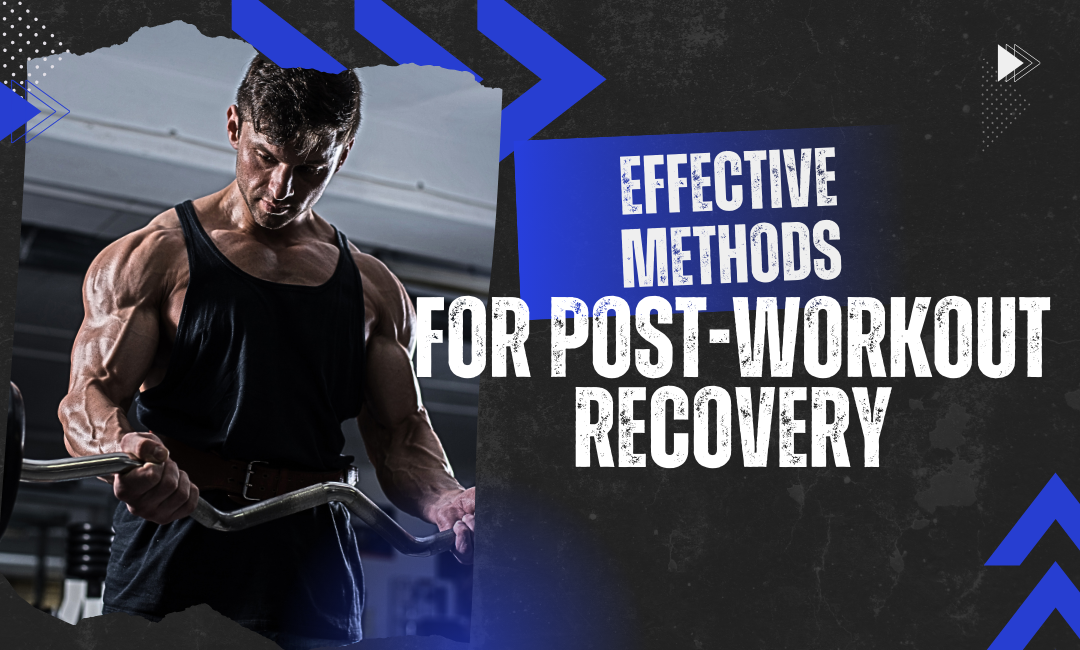The Most Effective Methods for Post-Workout Recovery for Optimal Results
Have you ever pushed yourself to the limit at the gym, only to wake up feeling like you got hit by a truck? We've all been there. But what if we told you those days of crippling soreness could be over?
We're diving into the science-backed strategies that'll have you bouncing back faster and stronger. Here's what we've got in store for you:
-
The Lowdown on DOMS: Why Your Muscles Ache After a Workout
-
Preemptive Strike: How to Minimize Soreness Before It Starts
-
Soothing the Burn: Post-Workout Recovery Techniques That Actually Work
-
SARMs for the Win: Could These Supplements Be Your Recovery Tool?
-
Decoding the Ache: The Different Types of Muscle Soreness
Why Your Muscles Ache After a Workout
Post-workout soreness is a love-hate relationship. On one hand, it's a badge of honor, a sign you pushed your limits. But on the other hand, it can make stairs feel like Mount Everest. So, what's the deal with those achy muscles?
DOMS: The Delayed Onset Muscle Soreness
You probably know it as DOMS – delayed onset muscle soreness. It's that muscle tenderness and stiffness that usually kicks in 24-48 hours after a tough workout.
Contrary to popular belief, it's not lactic acid buildup causing the burn. Lactic acid is cleared from your system fairly quickly after exercise. The real culprit? Tiny tears in your muscle fibers.
These microscopic tears happen when you put your muscles under stress, especially with new exercises or increased intensity. Your body responds with inflammation, which triggers the healing process. As your muscles repair and rebuild, they get stronger, but that soreness or exercise-induced muscle damage is the price you pay for progress.
But Why Does It Hurt So Much?
Take it like this: your muscles are like a rubber band. When you stretch it beyond its usual limits, it creates tiny tears. Those tears cause inflammation, which brings in fluid and other substances that irritate the nerve endings in your muscles. That irritation is what we feel as soreness.
Everyone experiences DOMS differently. Some people are more prone to it than others, and it can also depend on the type and intensity of your workout.
Pro Tip: Don't let DOMS scare you away from exercise. It's a natural part of the process and a sign that your muscles are getting stronger.
The Different Types of Muscle Soreness
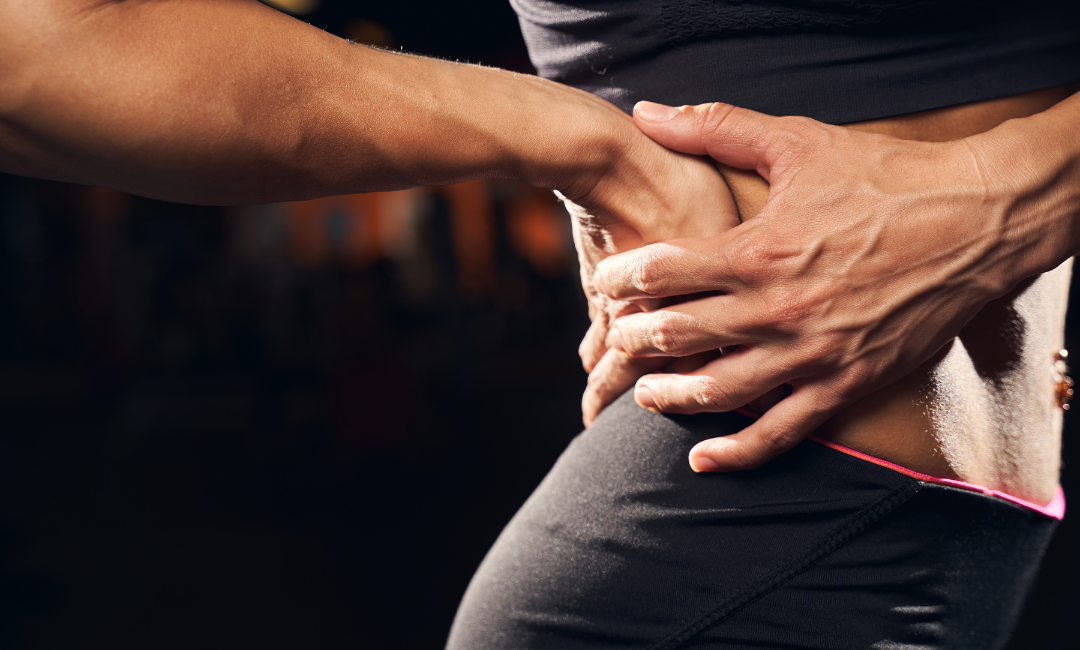
Knowing the difference can help you understand what's happening in your body and how to address it.
Acute Muscle Soreness
This is the immediate soreness you feel during or right after a workout. It's that burning sensation in your muscles when you're pushing hard. It's caused by a buildup of metabolic byproducts like lactic acid.
Acute soreness usually goes away quickly, often within minutes or hours after exercise. It's a normal part of working out and nothing to be too concerned about.
Delayed Onset Muscle Soreness (DOMS)
This is the soreness that sneaks up on you a day or two after a tough workout. We've already covered the science behind it (those tiny muscle tears), but it's worth noting that DOMS can range from mild discomfort to severe pain, depending on the intensity of your workout.
DOMS usually peaks around 48 hours after exercise and can last for several days. The good news is, it's a sign of muscle growth and adaptation.
Injury-Related Soreness
This is the kind of soreness you don't want. It's a sharp, localized pain that usually occurs during or immediately after an injury, like a muscle strain or pull.
Injury-related soreness is different from DOMS. It's important to listen to your body and rest if you're experiencing this type of pain. If it persists or gets worse, seek medical attention.
How to Tell the Difference
-
Acute Soreness: Burning sensation during or right after exercise, subsides quickly.
-
DOMS: Dull, aching pain that peaks 24-48 hours after exercise, lasts for several days.
-
Injury-Related Soreness: Sharp, localized pain that occurs during or immediately after an injury.
Some soreness is normal, but the pain is not. If you're unsure, err on the side of caution and consult a healthcare professional.
How to Minimize Soreness Before It Starts
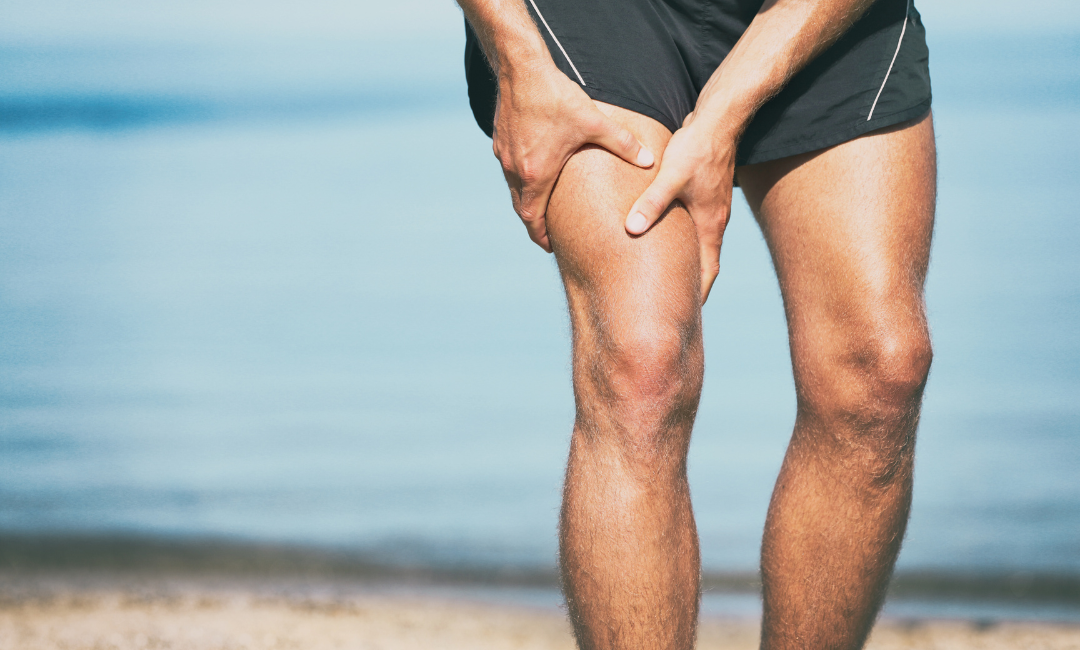
Don't let DOMS dictate your workout schedule. While you can't completely eliminate muscle soreness (hey, you're growing), there are some smart strategies to keep it from ruining your week.
Warm-up: Not Just a Suggestion
Think of your muscles like a cold rubber band – stiff and prone to snapping. A proper warm-up is like giving that rubber band a little stretch before you yank on it. It increases blood flow to your muscles, prepping them for action and reducing the risk of injury.
Don't just jump straight into heavy lifting. Start with 5-10 minutes of light cardio, like jogging or jumping jacks. Then, move into dynamic stretches that mimic the movements you'll be doing in your workout.
Ease Into It
If you're new to exercise or starting a new routine, don't go all out on day one. Your body needs time to adapt. Start with a lower intensity and gradually increase it over time. This gives your muscles a chance to get used to the new demands you're placing on them.
Listen to Your Body
This is a big one. Pain is your body's way of saying, "Whoa there, partner. We need a break." If you're feeling sharp pain during a workout, stop. Don't push through it.
On the other hand, muscle soreness is different from pain. It's more of a dull ache or stiffness. That's okay – it's just your muscles adapting. But if you're feeling anything beyond that, it's time to back off.
Pro Tip: Don't forget to cool down after your workout. Spend a few minutes doing static stretches to help your muscles relax and recover.
Post-Workout Recovery Techniques That Actually Work
Sore muscles are a drag, but the right exercise recovery techniques can be a game-changer. Let's dive into the methods that actually work, backed by science and experience:
Active Recovery: Keep Moving (Gently)
Think of active muscle recovery process as the opposite of vegging out on the couch. It's about gentle movement that gets your blood flowing and helps flush out metabolic waste products from your muscles.
-
Light Cardio: Go for a leisurely walk, bike ride, or swim.
-
Yoga or Stretching: Focus on gentle flows and stretches that target your sore muscles.
-
Foam Rolling: This self-massage technique can help release muscle tightness and improve flexibility.
Why it Works: Active recovery helps increase blood flow, which delivers oxygen and nutrients to your muscles, aiding in repair and reducing inflammation.
Hydration: Water is Your Friend
We all know staying hydrated is important, but it's especially crucial after a workout. When you sweat, you lose electrolytes like sodium and potassium, which are essential for muscle function.
-
Water: Aim to drink plenty of water throughout the day, especially after exercise.
-
Electrolyte Drinks: If you've had a particularly sweaty workout, consider a sports drink or electrolyte tablets to replenish lost minerals.
Why it Works: Proper hydration helps maintain muscle function, reduces cramping, and helps your muscles recover.
Nutrition: Fuel Your Workout Recovery
What you eat after a workout can significantly impact how quickly you recover. Your muscle groups need nutrients to repair and rebuild.
-
Protein: Aim for 20-30 grams of protein within 30 minutes of finishing your workout. Good sources include chicken, fish, eggs, Greek yogurt, and protein powder.
-
Carbohydrates: Pair your protein with some carbs to replenish your glycogen stores. Choose complex carbs like whole grains, fruits, and vegetables.
Why it Works: Protein provides the building blocks for muscle repair, while carbs replenish energy stores and help transport nutrients to your muscles.
Get Needed Sleep
Sleep is when the real magic happens. During sleep, your body releases growth hormone, which is essential for muscle repair and growth. Aim for 7-8 hours of quality sleep each night.
Why it Works: Sleep is when your body does its most efficient repair work. Skimping on sleep can hinder your recovery and leave you feeling sore for longer.
SARMs For Muscle Soreness Relief
Okay, we've covered the basics, but let's dive into something a little more cutting-edge. If you're serious about your gains and want to minimize downtime, SARMs can be your perfect tool.
What Are SARMs?
SARMs, or selective androgen receptor modulators, are compounds that interact with androgen receptors in your body. They can promote muscle growth and recovery without some of the nasty side effects associated with traditional anabolic steroids.
Think of them like a key that fits into a specific lock (your androgen receptor). When the key turns, it triggers a cascade of events that can lead to:
-
Reduced Muscle Breakdown: SARMs help your body hold onto muscle tissue, even when you're in a calorie deficit or pushing yourself hard.
-
Enhanced Muscle Growth: They can also boost protein synthesis, the process by which your body builds new muscle.
-
Faster Recovery: SARMs can help reduce inflammation and speed up muscle repair, meaning less time sidelined by soreness.
SARMs and Muscle Soreness
While research is still ongoing, anecdotal evidence and some studies suggest that certain SARMs are particularly effective for muscle soreness relief. Here are a couple to consider:
MK-677 (Ibutamoren)
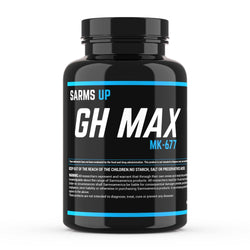
MK-677, also known as Ibutamoren, is a growth hormone secretagogue that can significantly enhance muscle recovery. By stimulating the production of growth hormone, MK-677 promotes tissue repair and helps reduce muscle soreness. This SARM is particularly beneficial because it supports muscle regeneration and enhances overall recovery, making it easier for you to bounce back after intense workouts.
Key Benefits of MK-677:
-
Increases growth hormone levels
-
Enhances muscle repair
-
Reduces muscle soreness
-
Promotes better sleep quality, aiding recovery
YK-11
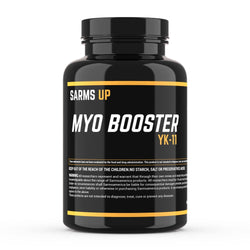
YK-11 is another powerful SARM that can aid to relieve sore muscles. It's known for its ability to inhibit myostatin, a protein that limits muscle growth. By blocking myostatin, YK-11 allows for greater muscle growth and faster recovery. Additionally, it has anabolic properties that help build lean muscle mass, which can further reduce the likelihood of post-workout soreness.
Key Benefits of YK-11:
-
Inhibits myostatin for enhanced muscle growth
-
Accelerates muscle recovery
-
Promotes lean muscle mass
-
Reduces muscle soreness and fatigue
RAD-140 (Testolone)
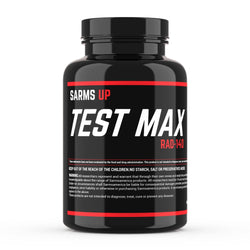
RAD-140, also known as Testolone, is a highly potent SARM that support muscle recovery and reduces soreness. Its ability to mimic the effects of testosterone allows for increased muscle mass and strength gains. Testolone helps repair damaged muscle fibers quickly, which is crucial for minimizing post-workout soreness and getting you back to peak performance faster.
Key Benefits of RAD-140:
-
Enhances muscle growth and strength
-
Speeds up muscle repair
-
Reduces muscle soreness
-
Supports quicker recovery times
Where to Find High-Quality SARMs
Not all SARMs are created the same. It's crucial to choose a reputable supplier that offers third-party lab testing to ensure purity and quality. SARMs UP is a trusted source for premium SARMs, offering a wide range of products to suit your needs.
Crush Your Workouts, Conquer Your Recovery: Wrapping Up
Soreness is a natural part of the process, but it doesn't have to hold you back.
Key takeaways:
-
DOMS: Embrace it as a sign of growth, but take steps to minimize it.
-
Warm-up and Cool Down: Essential for injury prevention and recovery.
-
Active Recovery, Hydration, Nutrition: Fuel your body for optimal repair.
-
Sleep: Don't underestimate the power of a good night's rest.
-
SARMs: Explore these supplements for enhanced recovery (but do your research).
Want to take your recovery to the next level? SARMs UP has your back. Our premium SARMs, backed by science and rigorous testing, can help you bounce back faster, build more muscle, and achieve your fitness goals. Say goodbye to endless soreness and hello to a stronger, healthier you.


